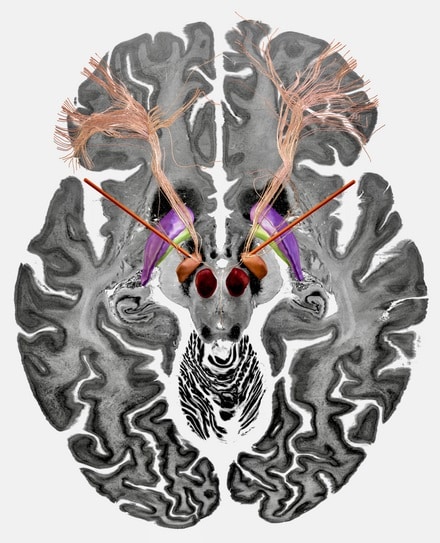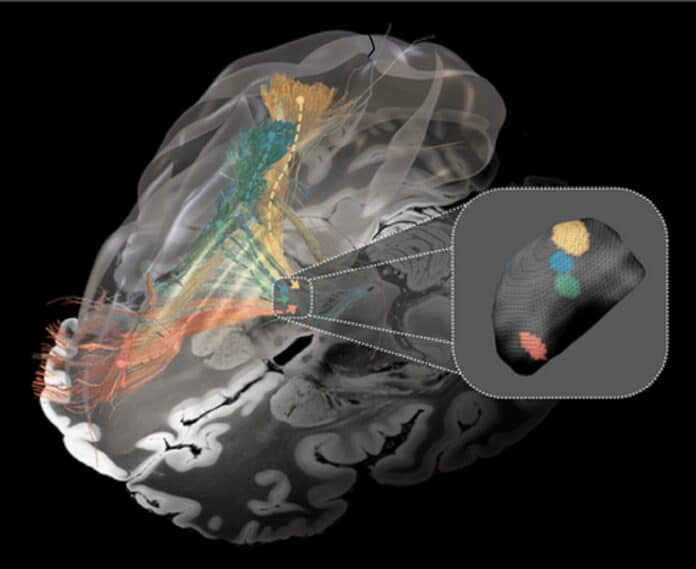When the parts of the brain don’t work correctly, it can cause problems like Parkinson’s disease, dystonia, OCD, and Tourette’s syndrome. By stimulating specific areas in the brain, symptoms can get better. Researchers from Charité – Universitätsmedizin and Brigham and Women’s Hospital studied data from patients worldwide with electrodes implanted in their brains. They made a unique map showing which brain areas are affected, published in Nature Neuroscience.
Neurological and Neuropsychiatric disorders have different problems, but they have common cause, that was problems with connections between specific parts of the brain. When certain brain circuits don’t work right, they can slow down brain functions. Deep brain stimulation (DBS) targets these faulty circuits to help ease symptoms.
In this treatment, tiny electrodes are put into precise brain areas. They send out mild electrical pulses continuously, affecting nearby tissue and even reaching distant brain areas through nerve pathways. However, the treatment might work better if the electrodes are placed correctly.

A team led by Prof. Andreas Horn and Dr. Ningfei Li from Charité and Brigham and Women’s Hospital wanted to find out which brain circuits to stimulate for the best results in treating various symptoms.
They aimed to understand how to release “brakes” in the brain to help conditions like Parkinson’s. Their research solves a puzzling situation: a part of the brain known as the subthalamic nucleus is effective for treating both movement disorders like Parkinson’s and neuropsychiatric disorders like OCD.
Researchers were concerned about how a small part of the brain called the subthalamic nucleus could help with such different problems. They studied data from 261 patients worldwide with electrodes implanted in their brains. Among them, some had dystonia, Parkinson’s, OCD, or Tourette’s. They used special software to pinpoint where each electrode was. Then, they used computer programs to map the paths of nerves activated in patients who got better or worse with treatment.
This study found specific brain circuits that weren’t working right in each disorder. These circuits were linked to essential areas in the front part of the brain, which control movement, impulses, and thinking.
Barbara Hollander, a researcher from Charité, said, “that these circuits they found are partly the same, suggesting that the problems causing the symptoms might not be completely separate from each other.”
The researchers have found the specific networks in the front and middle parts of the brain that are important for treating Parkinson’s, dystonia, OCD, and Tourette’s. They call this collection of dysfunctional brain circuits “human dysfunction.”
This discovery has already helped some patients, like those with severe OCD. The researchers want to improve this technique to target specific symptoms even better, like obsessions or compulsions in OCD.
They also think that more than one part of the brain might be involved in improving a cause, and they believe the effects can be controlled from different brain areas. This could lead to new treatments like transcranial magnetic stimulation, which uses magnetic fields to stimulate the brain without surgery.
The study highlights the efficacy of DBS in localizing disrupted neural pathways across various neurological and neuropsychiatric disorders.
Journal reference:
- Hollunder, B., Ostrem, J.L., Sahin, I.A. et al. Mapping dysfunctional circuits in the frontal cortex using deep brain stimulation. Nature Neuroscience. DOI: 10.1038/s41593-024-01570-1.
